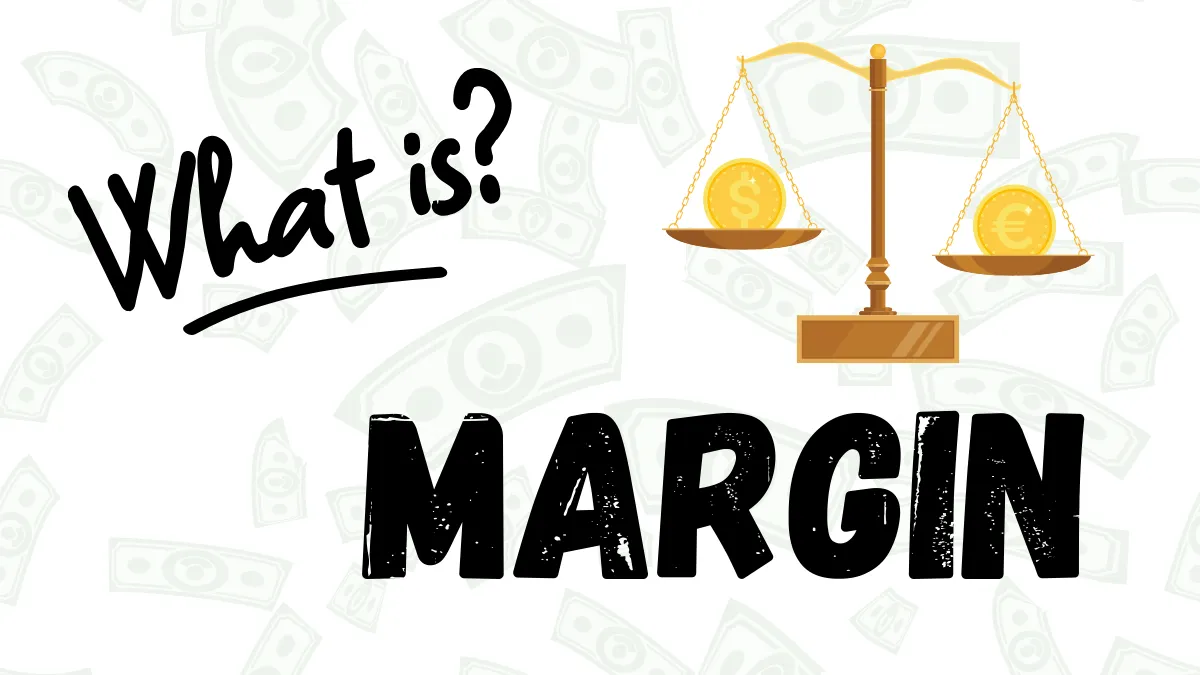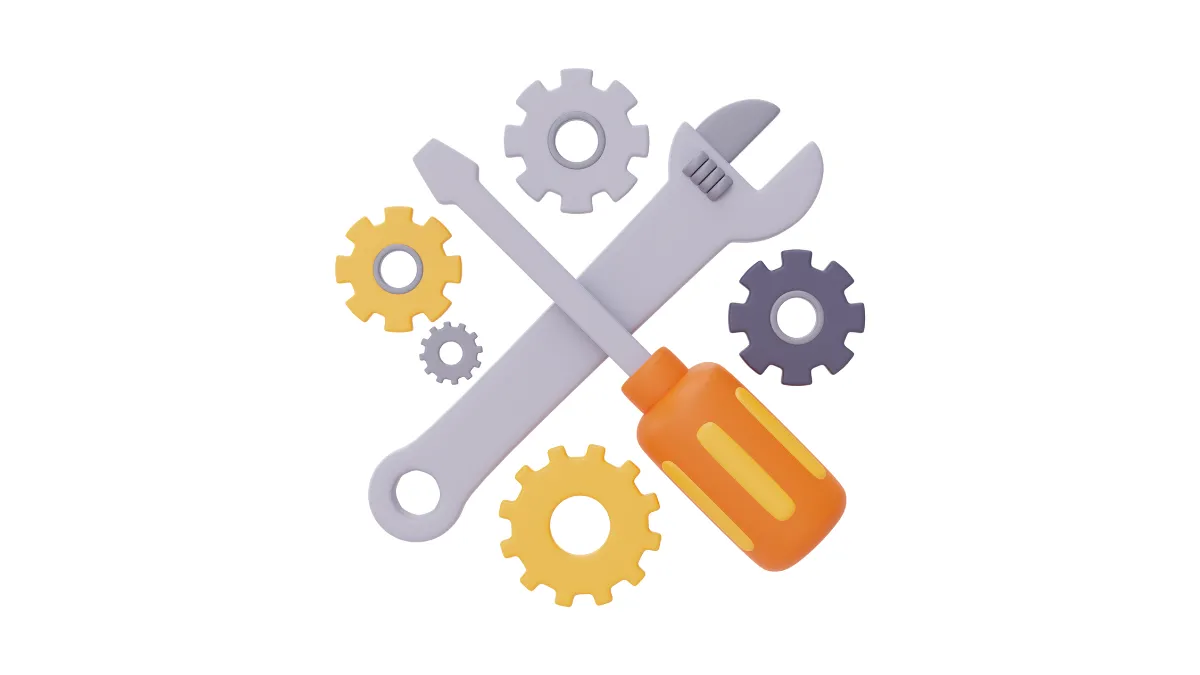What is margin?
Margin is a small portion of funds that investors need to provide when opening a position in foreign exchange trading, as a guarantee for leverage trading. In simple terms, margin is the initial capital you need to pay when borrowing leverage funds for trading; it is not a trading cost but a type of collateral that ensures you can bear the trading risk.How margin works:
Margin allows investors to control larger trading positions with a small amount of capital, thereby amplifying potential gains or losses. This means you do not need to pay the full amount of the trading position, only a small portion as collateral.For example: If you want to trade a position worth $10,000, and the required margin is 1%, then you only need to provide $100 as margin.
The relationship between margin and leverage:
Margin is closely related to leverage, which refers to the ability of investors to trade larger amounts than their original capital using margin.For example: If the leverage ratio is 1: 100, this means you can control a $100 trading position with a $1 margin. This can significantly improve the efficiency of capital use, but it also increases risk.
Types of margin:
- Initial Margin:
This is the minimum margin required to open a position, usually a certain percentage of the total position value. - Maintenance Margin:
This is the minimum margin level required to maintain an open position. If the funds are insufficient to maintain this level, it may trigger a margin call.
Examples of margin:
Assuming you opened a position worth $100,000, and the margin ratio is 1%, this means you need to provide $1,000 as margin. At this point, the trading platform allows you to control a position worth $100,000 with $1,000 of funds. Leverage amplifies your potential gains but also amplifies your risks.Margin risks:
Using margin for trading carries high risks, especially during market volatility.- Because you only need to invest a small portion of funds to make large trades, losses can exceed your initial margin when the market moves unfavorably.
- If the margin falls below the maintenance margin level, the platform may require you to add margin (Margin Call), or it may force a liquidation to prevent losses from widening.
Pros and cons of margin trading:
Pros:- Leverage effect: Margin trading allows you to control larger trading positions with less capital, thereby amplifying potential profits.
- Capital efficiency: Increases the efficiency of capital use, allowing you to operate flexibly in the market.
Cons:
- Increased risk: Although leverage can amplify profits, it can also amplify losses. Investors need to manage risks effectively.
- Margin call risk: During severe market fluctuations, if the account balance is insufficient, you may face a margin call requirement or even forced liquidation.
Conclusion:
Margin is an important concept in foreign exchange trading, allowing investors to make large trades with a small amount of capital, but it also increases risk. Successful margin trading requires effective capital management and risk control, especially in a high-leverage environment. By understanding how margin works and its risks, you can better formulate trading strategies to amplify profits while effectively managing risks!Hi, We are the Mr.Forex Research Team
Trading requires not just the right mindset, but also useful tools and insights.Here, we focus on Global Broker Reviews, Trading System Setup (MT4 / MT5, EA, VPS), and Forex Trading Basics.
We personally teach you to master the "Operating Manual" of financial markets, building a professional trading environment from scratch.
If you want to move from theory to practice:
- Help share this article to let more traders see the truth.
- Read more articles on Broker Tests and Forex Education.





